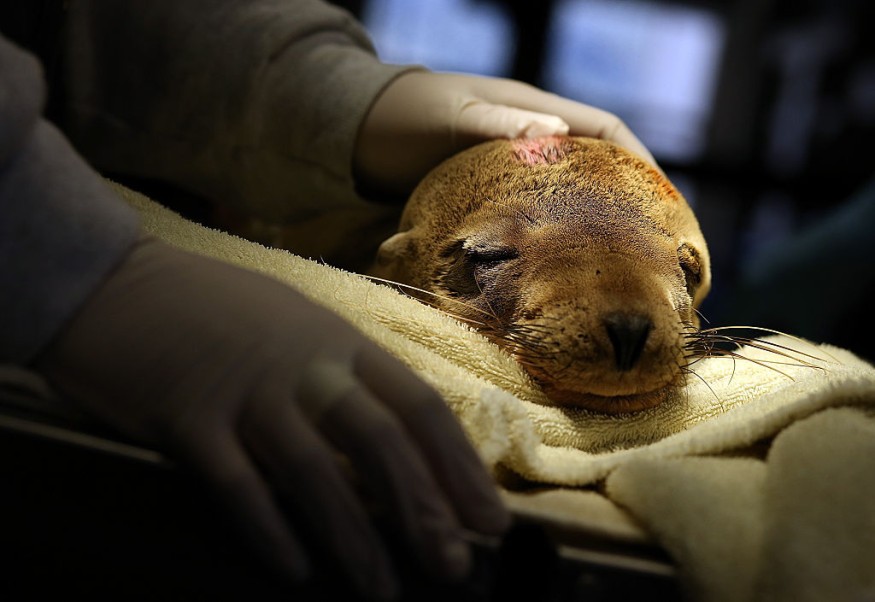A seven-year-old sea lion named Cronutt with a seizure disorder exhibited more severe and increasingly frequent attacks in 2020, which caused tremors, confusion, and loss of weight and appetite that deteriorated his health quickly.
In the same year, the sea lion underwent an experimental brain surgery which involved pig neuron transplant into his damaged hippocampus.
The surgery ended up successful and so is its effect, when more than a year later, Cronutt was declared seizure-free, says Scott Baraban, a neuroscientist at the University of California, San Francisco, who led the effort.
Since then, Cronutt improved his appetite and weight, has become more interactive, and learned new tricks. According to the experts, this result could pave way to new understanding and technique in developing treatment for epilepsy in humans.
A Possibility in Years to Come

Unlike animals, the human brain and body is more complex, and testing pig brain cells in humans could take more years. However, if done right, could be a major success and contribution to clinical treatment and use.
In the UK, one in every hundred people (of 600,000 people) has epilepsy. Its percentage is similar to the US, with 1.2 percent of the population, or 3.4 million people.
While there are more than 30 anti-seizure medications currently in use, roughly one third of patients don't respond to them.
"It's a very promising approach," said Karen Wilcox, a professor of pharmacology and toxicology at the University of Utah who wasn't involved in the transplant, but thinks the cell therapy could "one day offer hope to epilepsy patients for whom current drugs don't work."
"If you can really focus the application of the therapy right where the seizures are generated, you could spare the other parts of the brain from some of the side effects that we see with taking medications," she added.
The Back Story
Cronutt was taken in by Six Flags Discovery Kingdom in Vallejo, California, after getting stranded on land in 2017 and getting the illness from exposure to domoic acid, a neurotoxin produced by algae and bacteria blooms found along the Northern California coast.
Stanford researchers determined that the exposure to domoic acid caused brain damage not just in sea lions but also in seals, sea otters, and whales. Surprisingly, the cause was similar to that found in humans with common temporal lobe epilepsy.
Claire Simeone, Cronutt's long-time veterinarian and previously the hospital director at the Marine Mammal Centre, said that harmful algal blooms are becoming larger and more persistent due to warmer waters caused by climate change.
If not for the success of the transplant, Cronutt, more likely, would have been euthanised.
Baraban said that the cells completely cured epilepsy on mice, way before Cronutt's operation. Cronutt received four injections of around 50,000 cells each into his left hippocampus. Baraban and his team said rodents typically have two to three injections of cells at a time.
After carrying out more transplants in sea lions and had been proven effective, the team will have regulators decide if it is time to try the transplant in human patients.
© 2025 NatureWorldNews.com All rights reserved. Do not reproduce without permission.





